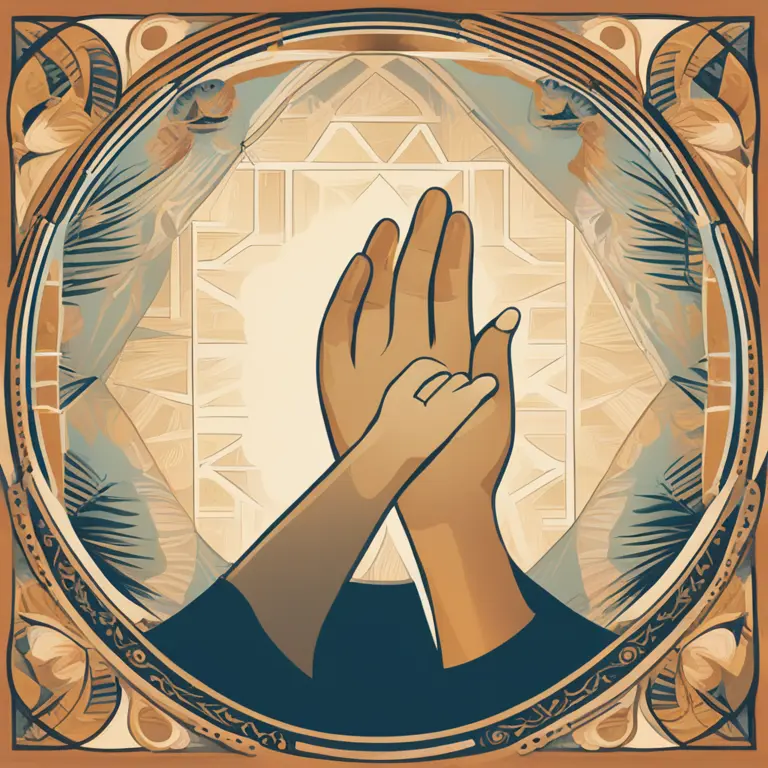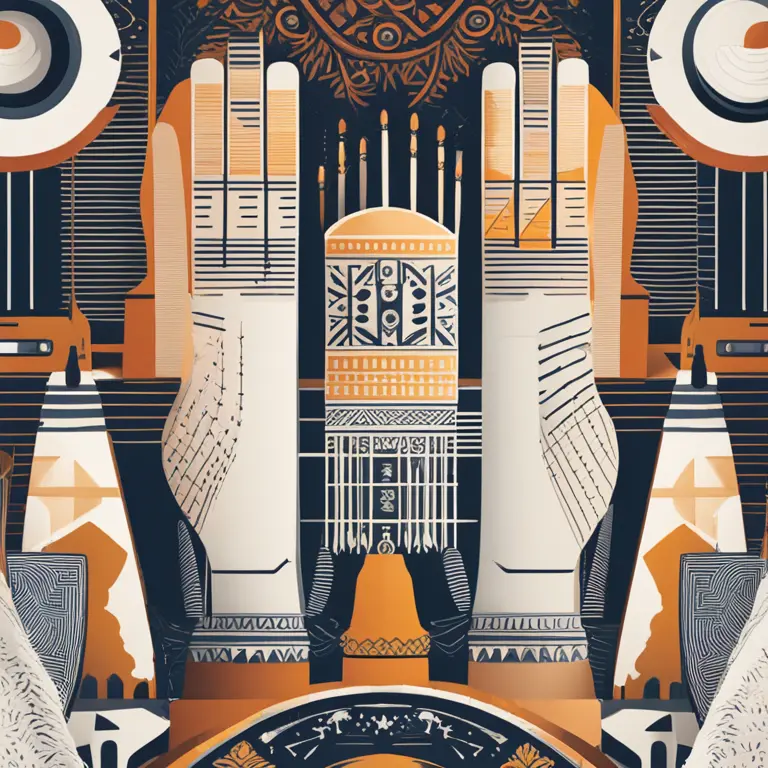
The Accuracy of Palmistry: An Assessment
Delve into the practice of palmistry and its validity from a contemporary perspective in this insightful article.
article by Nora Pennington
The Basis of Palmistry
Palmistry, also known as chiromancy, has been a subject of curiosity and skepticism alike for centuries. It is an ancient practice, rooted in various cultures, where practitioners claim to glean insights about a person’s characteristics and future by analyzing the lines, shapes, and patterns of the hand. Its origin can be traced back to Indian, Chinese, and Egyptian traditions, making it a study as old as history itself. As we move forward in time, it adopts new nuances and interpretations, yet the core question remains: How accurate is palmistry in a world increasingly governed by science and technology?

Scientific Scrutiny
The scientific community largely dismisses palmistry as a pseudoscience, lacking empirical evidence and testable criterion crucial for scientific methods. Critics argue that palm readings are not reproducible under controlled conditions and that any accuracy perceived is often the result of the Forer effect—where individuals believe vague, general statements to be highly accurate for them personally. However, despite such criticism, palmistry persists as a popular form of divination. In this age of data, palmistry enthusiasts are connecting the lines on one’s palms to genetic factors and personal health tendencies, aiming to add a scientific edge to this ancient art.

Psychological Underpinnings
Palmistry may hold some value in the psychological comfort it provides to individuals seeking guidance or reassurance. A palm reading session can be therapeutic, serving as a form of counseling where individuals feel heard and considered. The practitioner's empathetic approach and the act of sharing personal concerns could potentially promote a sense of well-being, irrespective of the accuracy of the reading itself. It's essential to acknowledge the human aspect of palmistry beyond its divinatory claims.

Personal Experiences and Anecdotes
A wealth of personal testimonials claim astonishing accuracy in palmistry readings. These accounts are often cited by proponents as evidence of its validity. While such anecdotes contribute to the popularity of palmistry, it is scientifically anecdotal evidence that cannot be generalized or verified through objective measures. The persuasive power of personal experience, however, continues to attract new enthusiasts willing to explore what their palms may reveal.

Cultural Resurgence
In the modern era, there’s been a resurgence of interest in metaphysical practices, including palmistry. The digital age has made this ancient art more accessible, with online readings and apps designed to analyze hand photographs. Social media influencers and celebrities often share their experiences with palm readings, inadvertently giving it a contemporary endorsement. While this does not validate the practice’s accuracy, it certainly reaffirms its relevance in today’s cultural landscape.
Placebo Effect and Confirmation Bias
The impact of belief in practices like palmistry can be potent, akin to the placebo effect seen in medicine. The positive expectation of individuals can lead to a subjective interpretation of accuracy. Moreover, confirmation bias plays a role, where one tends to remember the predictions that come true and forget the ones that do not. These psychological phenomena help explain why the belief in the accuracy of palmistry, as well as other divinatory practices, persists in the face of skepticism.
Conclusion: A Personal Judgment
Ultimately, the question of whether palmistry is accurate cannot be definitively answered. It remains an individual’s judgment, influenced by personal beliefs, experiences, and the desire to find meaning and patterns amidst life’s uncertainties. Whether one views palmistry as a symbolic language, a therapeutic interaction, or a mere entertainment, its accuracy is less about empirical data and more about the impact it has on the individual seeking its wisdom.
Published: 1/11/2024
Modified: 1/12/2024
More predictions
Come back here soon to learn more about yourself and your future


The Essence of Palmistry: Interpreting Lines and Shapes
Delve into the world of palmistry to discover the meanings behind the lines and shapes etched into the palms of your hands.


The Efficacy of Palmistry: Real Insight or Fancy?
Delve into the validity of palmistry as a form of divination. Is there a truth behind the lines on our palms, or is it just a charming fancy?


Palmistry: The Historical Overview
Delve into the dawn of palmistry and trace its journey through the corridors of time, uncovering the roots of this ancient practice.